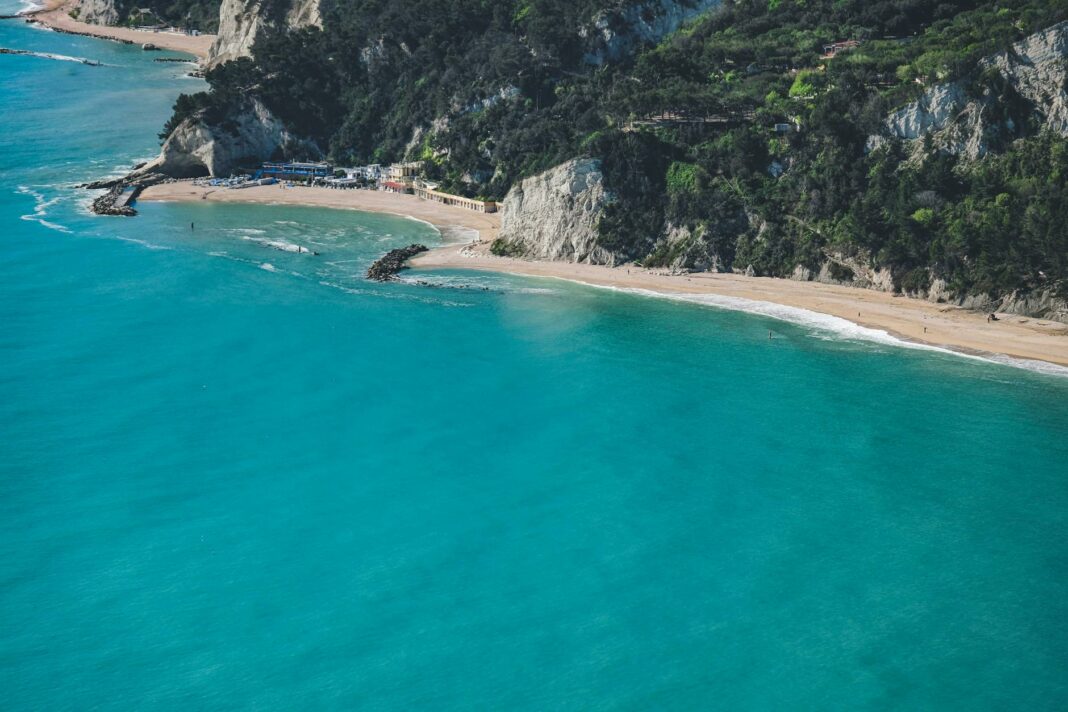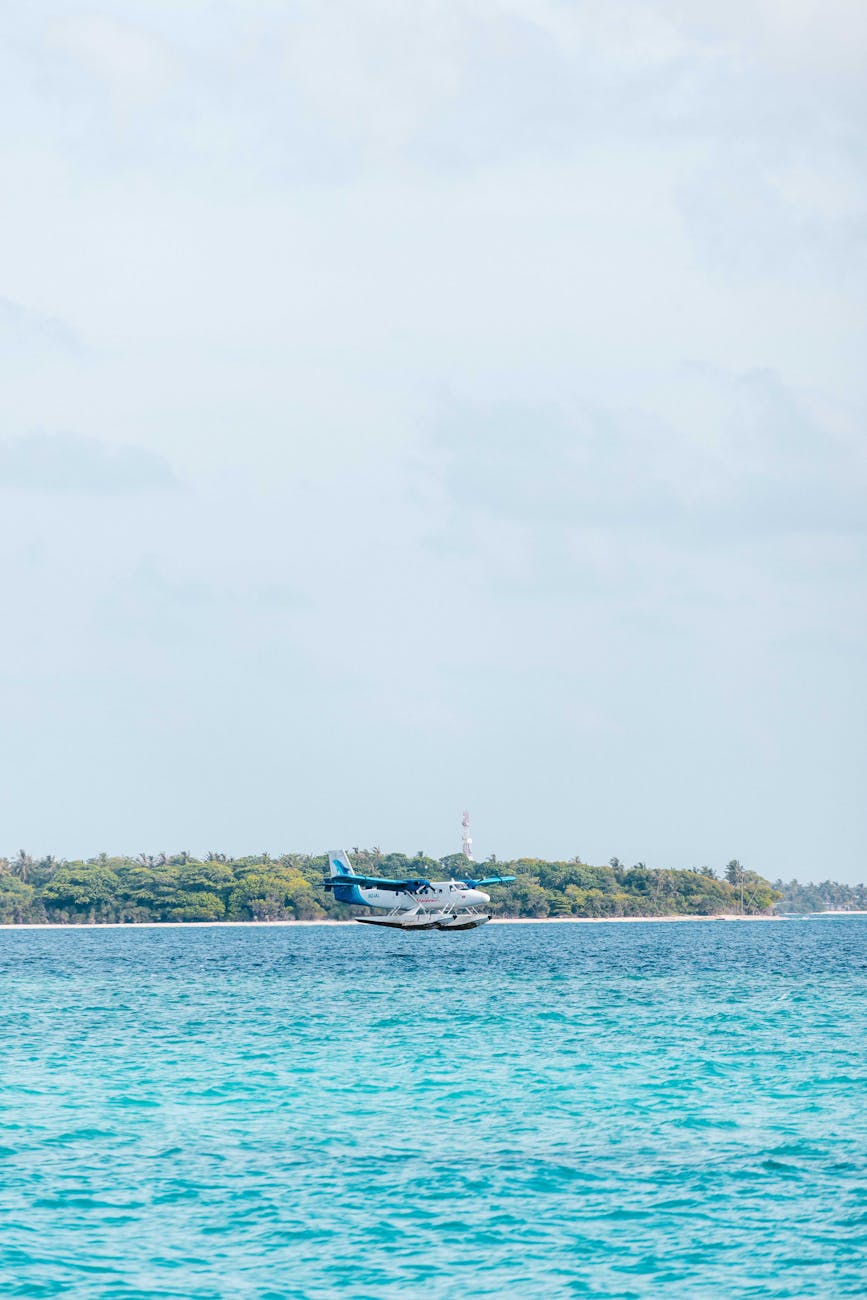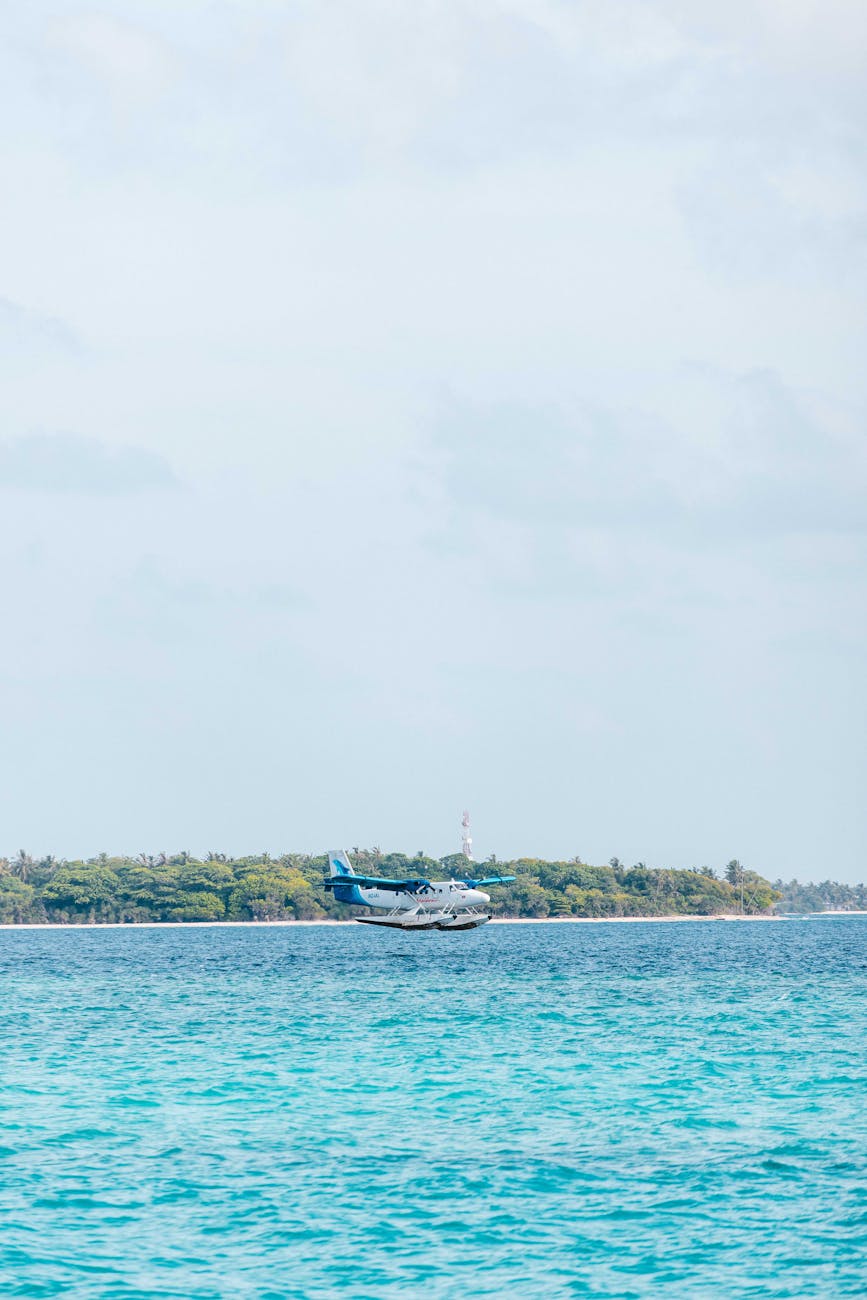Have you ever gazed at breathtaking photographs of island landscapes, crystal-clear waters, and lush greenery, longing to capture that artistic magic for yourself? This blog post dives into the essential photography tips that will elevate your island shots from ordinary to extraordinary. Whether you’re an aspiring photographer or a seasoned pro, these strategies will help you seize stunning moments in nature, showcasing the allure of island life and the vibrant spirit of the tropics.
Each tip within this guide aims to enhance your visual storytelling and craft magnificent images that truly reflect the beauty surrounding you. Together, let’s explore the essential techniques and approaches to capturing striking island photography that not only leaves lasting impressions but also shares your unique perspective with the world.
When venturing into the world of island photography, selecting the right tools can significantly impact your outcomes. Consider not only the camera body but also lenses, filters, and accessories. A versatile zoom lens will allow you to snap both wide landscapes and intimate details of tropical flora and fauna. Additionally, using a polarizing filter can minimize glare from sunlit water surfaces, enhancing the richness of colors in your shots. Remember, however, it’s not solely about the gear; knowing how to use it effectively is equally vital. Experimenting with various settings and learning how each piece contributes to the final image can elevate your photography skills dramatically.
Coupled with your camera choice, bringing along a sturdy tripod will be a game changer, especially for capturing long-exposure shots of breathtaking sunsets or calm sea vistas. Stability allows for those dreamy, silky water effects that captivate viewers. As an added bonus, ensuring that your gear is weather-sealed is helpful for those unpredictable island weather patterns, keeping your equipment safe while you chase the perfect shot. Take the time to familiarize yourself with your equipment and its potential, and the results will undoubtedly shine through in your stunning island imagery.
The golden hours—early morning and late afternoon—are iconic for a reason when it comes to photography. During these times, the sunlight casts a warm, golden glow that transforms ordinary scenes into visual poetry. Aiming to capture your best images during these hours can dramatically enhance the mood and tone, as colors come alive with more depth and richness. Furthermore, early mornings provide the added benefit of fewer crowds, allowing for a more serene atmosphere, perfect for some reflective shots without distractions.
Equally important is understanding island weather patterns. Some days, a dramatic sky bursting with clouds can serve as a captivating backdrop, while on others, a crystal-clear horizon may be ideal for seascapes. Staying alert to changing conditions can lead to unexpected opportunities for unique photographs. By developing an instinct for timing your photography sessions with the highlights of the day, you can harness the elements around you and create artful images that truly resonate with viewers.
Composition serves as the backbone of an engaging photograph. It’s essential to think beyond the standard rule of thirds; the island landscape offers various opportunities for innovative approaches. Play around with leading lines to draw the eye into your frame—paths, rocks, or the flow of water can guide viewers naturally toward your main subject. Additionally, consider incorporating foreground elements that provide depth, transforming a flat image into a multidimensional experience. These small details can make a massive difference in highlighting the vibrant textures and colors in your shots.
Adjusting your perspective can also yield entirely different results. Instead of shooting from eye level, experiment with creative angles—get low to the ground to capture the intricate patterns of sand or climb to an elevated viewpoint to present a sweeping vista. Finding unique compositions not only allows for more dynamic photographs but also encourages your audience to see the world from your artistic point of view. Don’t be afraid to break some traditional norms; let the island’s natural beauty inspire you to compose images that are even more visually arresting.
Natural light is vital to photography success, particularly in island environments, where sunlight can create remarkable contrasts between vibrant colors and shadows. Learning to work with natural light, rather than against it, can open up a realm of possibilities. For instance, midday sun may be harsh, but it can also illuminate bright beach umbrellas or the glistening surface of the water, making for a striking visual element. Keep in mind that clouds can act as natural diffusers, softening the harshness and adding drama to your imagery.
Moreover, backlighting can yield stunning effects, especially when photographing palm trees or flowers. Allow the sunlight to spill through leaves or petals, creating a sense of glow and enhancing textures. Continuous experimentation with how light interacts with your surroundings will allow you to discover the ideal times and conditions for shooting. Harnessing natural light empowers you not only to capture the essence of each moment but also to evoke emotions and memories through your photos that resonate with your audience long after they view your work.
An essential aspect of capturing stunning island photography is immersing yourself fully in your environment. Take the time to explore local landscapes, discover hidden gems, and connect with the culture around you. Engaging with your setting can lead to spontaneous shots full of character and stories. Whether it’s a fisherman casting a net at dawn or children playing on the beach, these candid moments embody the spirit of island life and lend authenticity to your portfolio.
Additionally, taking the moment to inform yourself about the indigenous wildlife adds layers to your storytelling through your photography. Research unique animals or plants that may be endemic to the area—these engaging subjects can provide opportunities for more fascinating and enriching photography experiences. Ultimately, nurturing a relationship with your surroundings encourages creativity, enabling you to see the world through a lens of appreciation and wonder, resulting in images that truly reflect the beauty around you.
Embracing these photography tips will not only empower you to capture stunning images from your island adventures but also enhance your overall artistic perspective in photography. Mixing the right equipment with an understanding of optimal timing, composition, and how to engage with your surroundings will invariably yield breathtaking photographs that speak volumes. Every landscape, each beach, and every sunset offers an opportunity for creativity, awaiting your unique touch to bring it all to life.
As you embark on this photographic journey, remember to enjoy the process. Create, experiment, and allow every click of your shutter to be a celebration of the beauty surrounding you. The world is filled with breathtaking moments; all it takes is an open heart and a creative eye to transform them into lasting memories captured through your camera lens.
What camera settings are best for island photography?
Standard settings often include using a lower ISO for bright conditions, a higher aperture for greater depth of field, and adjusting the shutter speed based on light conditions. Experiment with these settings in combination with your surroundings to discover what works best.
What time of year is best for island photography?
It varies by location, but generally, visiting during the off-peak seasons can lead to fewer crowds, allowing for more tranquil shooting conditions. Additionally, each season has unique characteristics worth capturing, whether it’s vibrant spring flowers or magnificent autumnal landscapes.
How can I enhance colors in my island photos?
While capturing images, make sure to pay attention to the light and surrounding colors. Post-processing software can also help enhance vibrancy and saturation. Don’t hesitate to experiment with different filters while shooting to achieve desired effects.
Can I use a smartphone for island photography?
Absolutely! Modern smartphones have powerful cameras and plenty of features. Use apps to adjust settings manually and take advantage of natural lighting to enhance your photography even further.
Image Credit: Pexels





